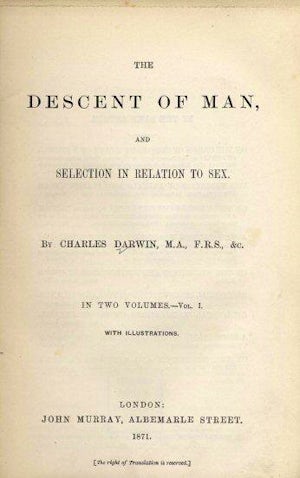1942. During the 1930s, many psychiatrists in Europe and North American began experimenting with new forms of treatment for the mentally ill. Before then, people with mental illnesses were only segregated into asylums, but generally, no treatments were performed. In the first half of the 19th century, many asylums were reformed. Following that, the introduction of new forms of treatment began an era of new therapies in psychiatry, including the use of insulin coma, electro-convulsive therapy (ECT), and psychosurgery to treat patients with various mental disabilities.
Insulin coma was first discovered in 1927, and was generally used to treat schizophrenia. Insulin was first discovered in 1921 by Canadians Frederick Banting and Charles Best. It was discovered accidentally that if patients were administered an overdose of insulin, they would have convulsions. However, these convulsions were seen as efficient for those who had schizophrenia, although improvements were generally only temporary.
ECT “involved applying a brief electrical shock to the scalp. This shock excites the brain cells causing them to fire in unison and produces a seizure” (Maixner, 2013, para. 1). It was introduced in 1937 to treat schizophrenia. Many psychiatrists believed, and still do, that this treatment was effective for patients suffering from depression. There have been significant improvements in the technique of ECT.
Psychosurgery had been used far back in antiquity, although in the twentieth century, it became particularly used for frontal lobotomy (Mashour et al, 2005). It was also a surgery that was greatly abused (Mashour et al, 2005).
In British Columbia, these treatments were widely employed across all of the mental institutions after 1942. Recently, historians have shown that women patients at Essondale and the Provincial Hospital for the Insane were more likely subjected these harsh treatments (Sterilization, insulin therapy, ECT, psychosurgery) than their male counterparts.
-Erna Kurbegovic and Colette Leung
Chunn, D. & Menzies, R. (1998). Out of Mind, Out of Law: The Regulation of “Criminally Insane” Women inside British Columbia’s Public Mental Hospitals, 1888-1973. Canadian Journal of Women and the Law, 10, 306-337.
Pressman, J. (1998). The Last Resort: Psychosurgery and Limits of Medicine. Cambridge: Cambridge University Press.
Maixner, D.F. (2013). Electroconvulsive Therapy Program: A Brief History of ECT. Retrieved from http://www.psych.med.umich.edu/ect/how-does-ect-work.asp
Mashour, G. A., Walker, E. E., & Martuza, R. L. (2004). Psychosurgery: past, present, and future. Brain Research Reviews, 48, 409-419.
Sabbatini, R. M. E. (n.d.). The History of Shock Therapy in Psychiatry. Retrieved from http://www.cerebromente.org.br/n04/historia/shock_i.htm
 1869:
Galton publishes Hereditary Genius
1869:
Galton publishes Hereditary Genius
 1871:
Charles Darwin publishes The Descent of Man
1871:
Charles Darwin publishes The Descent of Man